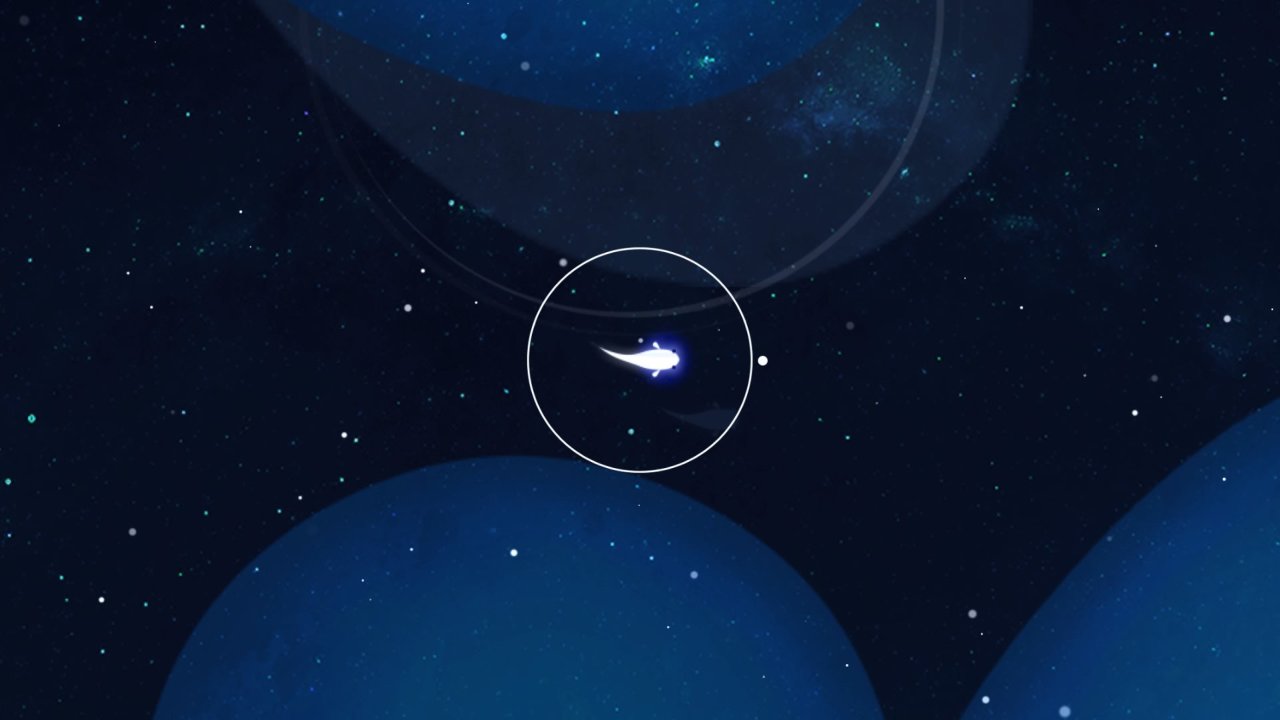

Overfeeding is a common concern that can lead to health issues. There are many commercial koi fish foods that are available to pet parents, and can be used exclusively to feed koi and provide complete nutrition. Water quality, pond conditions, nutrition, and preventative health care can help improve the longevity of a koi’s lifespan. Reports of koi living to 100-200 years do exist-the oldest koi ever documented lived to be 226 years old. Koi, when provided with the correct environmental conditions, can live between 25-50 years on average. It is common for koi to be tricolored but they can also be either single, bicolored, or multicolored. Some fish may have a silver or gold metallic sheen to their appearance.

Other colors that are commonly seen include yellow, orange, blue, and cream. Three core colors make up many koi varieties: red (Hi), white (Shiro), and black (Sumi). New varieties of koi are constantly being developed by selective breeding.

Koi can be differentiated by coloration, pattern, and scalation. There are over 100 different varieties of koi that are separated into 16 groups based on Zen Nippon Airinkai (the original koi club) who oversee the breeding and judging standards of koi. Make sure you can house all the koi you intend to purchase if they are not fully grown yet Number of fish purchased: If koi are purchased in bulk the price tends to be lower. Origin: Imported animals are more expensive than domestically produced animals Pattern: Steps and symmetry in patterns often can increase the price of a koi Koi variety: The most popular varieties include Kohaku, Sanke, and Showa Genetic lineage: Highly sought after lineages are more expensive The most expensive koi ever sold at auction was for 1.8 million dollars in Japan at the 2017 All Japan Koi Show.įactors that determine the price point for koi may include: Some koi, depending on size and color, can cost over $100. Typically, a small koi will run anywhere between $8 to $50. Koi can range in price due to many factors. So a 100 gallon pond can have a 10 inch fish. Generally, every inch of fish requires about 10 gallons of water. Knowing how big your fish will become as an adult is important to determine how many fish can be kept in a pond. When selecting fish for your pond, remember that smaller fish will grow over time. For example, creating a hole in the ice and adding an aerator can help your koi survive. Special measures can be taken if your pond freezes over during the winter. A pond heater can be added to increase the temperature of the water to ensure koi survive winter temperatures. Their bodies will shut down and will not require as much food. During the winter, koi will go into torpor or dormancy when the water temperature reaches 45-50 F. Ensuring your pond is deep enough will prevent your fish from freezing. Water can freeze anywhere between 18-24 inches deep in a pond. A deep pond can maintain a thermocline (temperature gradient) in the water, allowing koi to experience different temperatures.Ī deep pond will also make it easier for koi to stay in the pond during winter. When keeping koi, it is recommended to keep them at a temperature between 68-75 F. Koi are temperate freshwater fish that can adapt to water temperatures between 45-95 F. Ponds can be great ways to enjoy your Koi and even provide a scenic landscape to your property, since they often include elaborate rockwork and waterfalls. Koi are commonly kept as pets in outdoor ponds. This was also around the time selective breeding started in Niigata, Japan, which developed and spread worldwide. Nishikigoi is known as the “swimming jewel.” In Japanese culture, koi fish are often kept since they symbolize luck, prosperity, and good fortune.Ī koi fish was first displayed in Tokyo in 1914-propelling their popularity around Japan. Koi is actually the informal name for this species-they are often referred to as Japanese koi or their Japanese name, Nishikigoi. Their bright vibrant colors and behaviors can provide a splash of color and activity to any outdoor pond. They have a rich history in Asian culture dating back thousands of years-but are not related to goldfish despite their similar coloration. These fish are commonly kept as an ornamental fish in outdoor ponds or garden water features. Koi fish are an extremely popular and colorful form of the fish species Amur carp ( Cyprinus rubrofuscus).


 0 kommentar(er)
0 kommentar(er)
